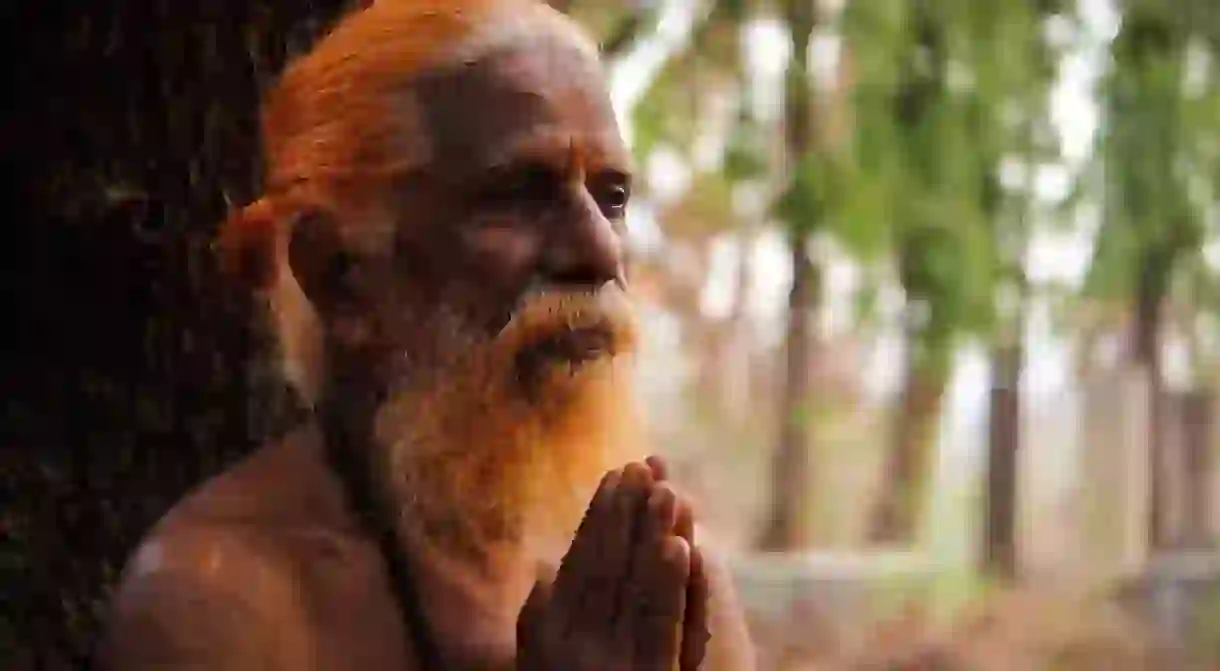A Guide to Religion in Malaysia

Malaysia prides itself on multiculturalism, as embodied in Prime Minister Najib Razak’s campaign for ethnic and religious equality under 1Malaysia. As a country with several ethnic groups including Malays, Chinese, Indians and indigenous, as well as one that houses almost all major global religions, Malaysia is about as diverse as it gets.
Islam
Islam makes up the largest demographic in Malaysia accounting for 60% of the population. Mosques dominate the skyline in all parts of the country with the exotic and hypnotic call to prayer echoing around the neighbourhood five times each day. Malaysia’s Sultans are said to be the ‘Guardians of Islam’ who act as the ceremonial heads in nine out of thirteen states. Historically, out of all the major religions in Malaysia, Islam is the youngest after its introduction by Indian traders in the 12th century. Hindu King Mudzaffar Shah I renounced Hinduism and adopted Sunni Islam, starting Kedah’s first Sultanate. Islam later entered a Golden Age under the Malacca Sultanate in the 15th century and has continued to be the majority until today.

Buddhism
Malaysia’s second largest religion dates back more than 2000 years, accounting for approximately 20% of today’s population. Malaysian Chinese form the majority practising Mahayana Buddhism, with a Theravada minority of Malaysian Indians and Sri Lankans. Johor has the largest community, accounting for 30% of the state’s demographics. Indian traders in the 3rd-century BC are widely believed to have brought Buddhism to Malaysia. The religion has been present in Malaysia for 1500 years and flourished under the Sri Vijaya Empire. The most important temples include Kuala Lumpur’s Thean Hou, Penang’s Kek Lok Si and Perak’s Sam Poh Tong.

Christianity
Christianity arrived in Malaysia in the 7th century by Arab, Persian and Turkish traders. Later, the Portuguese introduced Catholicism in 1511, while the Dutch brought Protestantism in the late 17th century. British missionaries spread Christianity in Sabah and Sarawak 200 years later. A total of 24% of Sarawakians identify as Christian, making it Malaysia’s only Christian state. Anglican, Methodist and Roman Catholicism make up the primary denominations in Malaysia. St Paul’s, a former Catholic Portuguese church, along with the Protestant Dutch Anglican Christ Church in Melaka are Malaysia’s best examples of Christian architecture.

Hinduism
From a historical point of view, Indians played a significant contribution to religion in Malaysia. Early Indian traders brought Hinduism and Buddhism to Malaysia more than two millennia ago and Islam some 1400 years later. Hinduism and Buddhism spiked around the 13th century. The number of Hindus rose again during the British colonial era, starting 200 years ago. Migrant Tamils moved to Malaysia to work on rubber plantations among other professions. Today, Hinduism is the fourth largest religion in Malaysia, with the biggest communities in Negeri Sembilan and Selangor. A minority of Indian Sikhs live in Malaysia too.

Paganism and Animism
Before the arrival of mainstream religion in Malaysia, the indigenous tribes of Sabah and Sarawak often practised paganism and animism. The earlier polytheists saw Mount Kinabalu as the sacred resting place of their ancestors. Deep superstitions, rituals and sacrificing chickens were once widespread in many indigenous communities to appease the spirits. Sadly, this has all but died out in Malaysia, with British missionaries converting the animist villages to Christianity.














